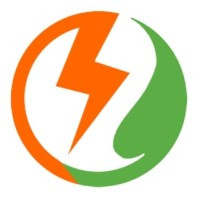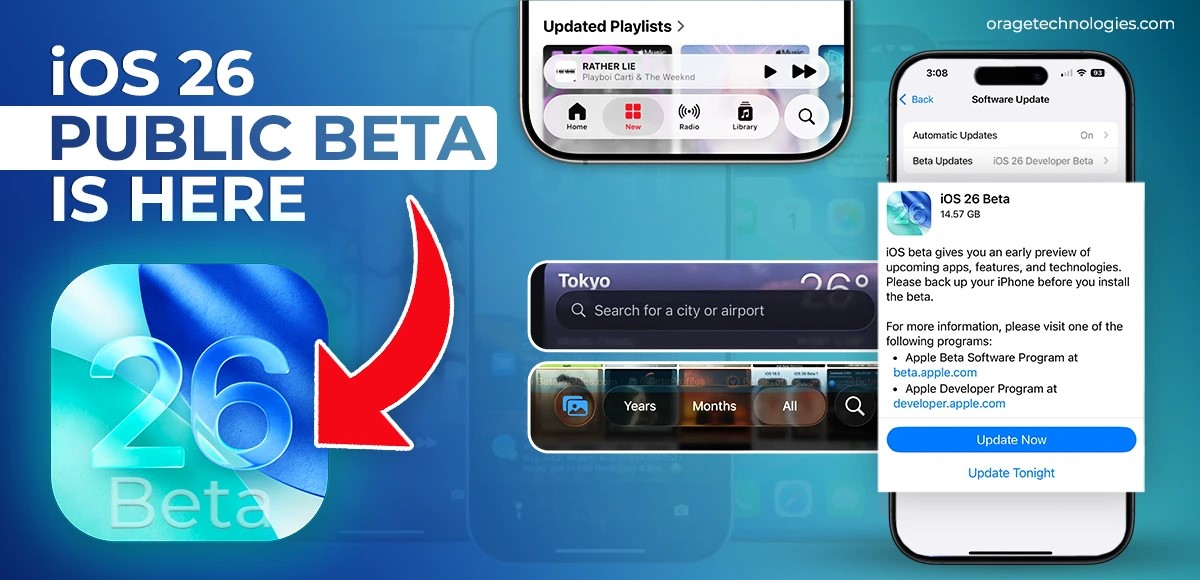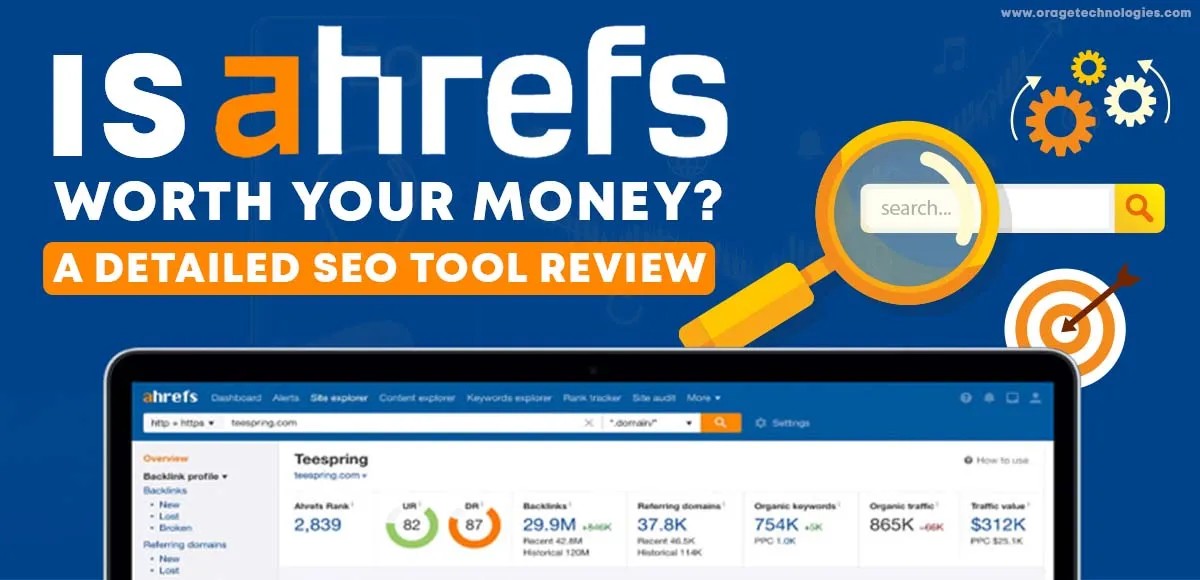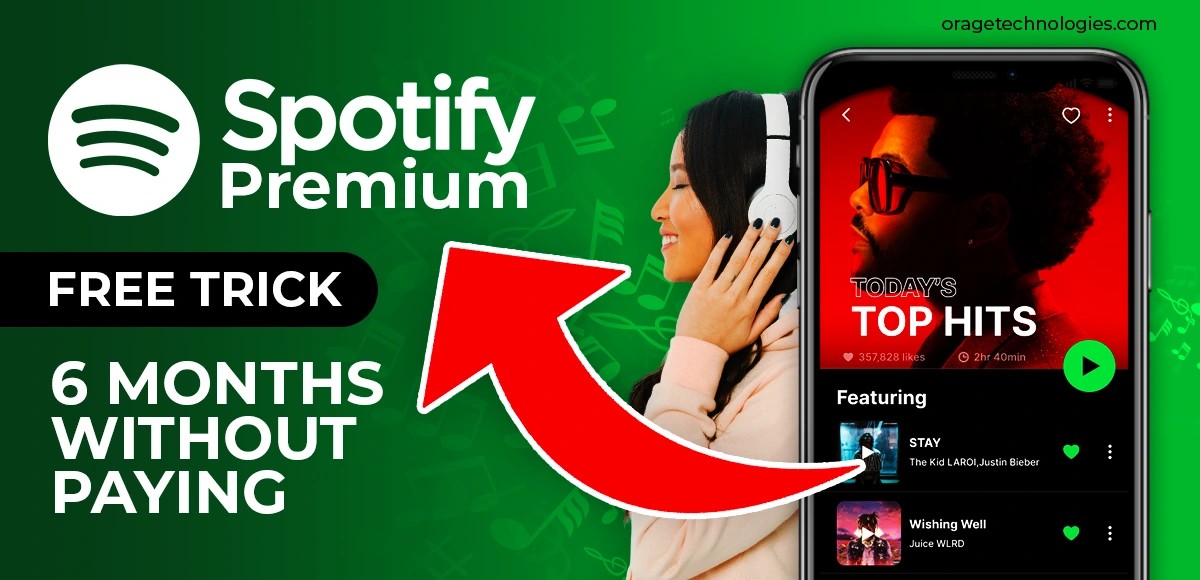Best Practices for Developing Multi-Step Conversion Funnels in GA4

Strong 8k brings an ultra-HD IPTV experience to your living room and your pocket.
Understanding how users interact with your website is the first step towards improving its performance and increasing conversions. The conversion funnel in GA4 offers a stylish, flexible way to display and optimize your user flow, whether you're tracking leads, sales, or sign-ups.
GA4 allows you to designate each interaction as an event, unlike Universal Analytics. Because of this, it's ideal for creating intricate, multi-step funnels that accurately depict the routes customers actually take. We'll explore the best practices for actionable insights and how to create multi-step conversion funnels in GA4 in this post.
What Is a Multi-Step Conversion Funnel in GA4?
A multi-step conversion funnel in GA4 is a graphical representation of a sequence of activities users perform before arriving at a goal. They may be as mundane as viewing a product and filling out a form or as intricate as visiting several service pages prior to signing up.
Each step within the funnel represents a significant interaction, monitored through GA4's event-based system. By looking at the number of users reaching each step, and where they fall away, you can optimize your approach to eliminate friction and increase conversions.
Why Should You Use Multi-Step Funnels?
Knowledge of how users behave is the foundation of optimization. Multi-step funnels assist you in:
- Identifying drop-off points along the customer journey
- Mapping out conversion pathways from beginning to end
- Test various user flows to determine what performs best
Compare groups, for example, mobile versus desktop users or returning versus new visitors
Unless you're making use of the conversion funnel within GA4, you're losing valuable data to drive design, content, and marketing decisions.
What Events Should Be Tracked in Multi-Step Funnels?
To build your funnel, you must first define important events. These will depend on your business objectives.
Common Events for Funnels:
- page_view – A user visits a page
- view_item – A service or product is viewed
- add_to_cart – An item is placed in a shopping cart
- begin_checkout – The check-out process begins
- form_view – A lead form is shown
- form_submit – The form is submitted successfully
- Purchase – A transaction is made
Each of these must be set up either through Google Tag Manager or through your website's code directly using gtag.js. These events become the blocks of your conversion funnel in GA4.
How Do You Set Up a Multi-Step Conversion Funnel in GA4?
Here's a step-by-step guide to set up a multi-step funnel by utilizing GA4's Funnel Exploration:
Step 1: Access Funnel Exploration
Log in to your GA4 account.
Click Explore in the left-hand menu.
Select Funnel Exploration from the template choices.
Step 2: Name Your Funnel
Name your funnel something significant, such as "Lead Generation Funnel – July 2025".
Step 3: Define Your Steps
Insert steps corresponding to user behavior. For instance:
Step 1: view_homepage
Step 2: view_services
Step 3: view_contact_form
Step 4: form_submit
Each step refers to an event you are currently measuring.
Step 4: Select Funnel Type
Open Funnel: Users may join at any step.
Closed Funnel: Users are required to go in the established order.
For multi-step lead or marketing funnels, closed funnels will tend to be more helpful in determining specific patterns of flow.
Step 5: Apply Segments and Filters
Need to compare mobile users to desktop users? Add a segment comparison. Need to remove traffic from internal employees? Add a filter.
Step 6: Customize and Save
Select a horizontal or vertical visual style. Breakdowns (e.g., traffic source, location) can be added for more insight as well. Configure it and save your funnel for later use.
What Are the Best Practices for Multi-Step Funnels in GA4?
To optimize your conversion funnel in GA4, heed these expert recommendations:
1. Begin with a Definite Objective
Every funnel must have a definite conversion goal—be it a sale, sign-up, or download. This helps your steps be meaningful and business goal-oriented.
2. Make Funnels Clean and Brief
Avoid cluttering the funnel with irrelevant steps. Monitor only what is necessary to the user experience to minimize noise and highlight actionable data.
3. Employ Uniform Naming Conventions
Follow a consistent naming convention for events and parameters (e.g., form_view, form_submit, view_service_page). This makes it easier to read and avoid configuration errors.
4. Test Your Events
Test your events in a funnel before applying them in GA4 using DebugView or Google Tag Assistant. This will ensure that all interactions are captured correctly.
5. Segment, Compare, and Customize
Take advantage of GA4's robust segmentation capabilities to contrast user types. This might uncover trends like mobile users dropping off at checkout or organic users converting more frequently.
What Can You Learn from a Multi-Step Funnel?
A properly optimized conversion funnel in GA4 can tell you:
- Where users lose interest or drop out
- Which steps require optimization or rebuilding
- How various traffic sources perform
- Which user groups convert better
For example, if users drop off in large numbers after seeing a form, it may be too long, too daunting, or missing an effective CTA. All of this information lets you refine your UX and copy to better meet your audience's needs.
Do Dynamic Parameters Work on Funnel Steps?
Yes. With GA4, you can set dynamic parameters to filter funnel steps by product, service type, content category, or any custom dimension. For instance, you can create a funnel for users viewing "Premium Services" by filtering events where page_title or item_category equals your condition.
This gives your conversion funnel in GA4 an extra layer of flexibility and personalization.
FAQs About Multi-Step Funnels in GA4
Q1: Can I track funnels across multiple domains?
Yes. GA4 supports cross-domain tracking if configured properly. This is useful for businesses with separate lead-gen and booking domains.
Q2: What’s the difference between open and closed funnels?
An open funnel allows users to enter at any step, while a closed funnel requires users to follow a defined path. Closed funnels are best for analyzing structured flows like checkout or lead forms.
Q3: Do I have drop-offs available in GA4?
Indeed. Funnel Exploration reveals how many users dropped off at each stage. You can use this to prioritize optimization in the areas where it will make the most difference.
Q4: Can I have more than 10 steps in a funnel?
In theory, GA4 permits up to 10 steps in a Funnel Exploration report. Practically, though, limiting it to 4–6 is best for easier reading and analysis.
Final Thoughts
Building a multi-step conversion path in GA4 is perhaps the most effective tool for seeing and streamlining your digital plan. By dissecting the user experience into distinct steps, you uncover what does work and what doesn't—and where your visitors might be dropping off.
With event-based tracking, dynamic segmentation, and accommodating reporting, GA4 has everything you need to create smarter, conversion-driven funnels. Apply the best practices described in this post to make your funnel clean, actionable, and aligned with your business objectives.
The earlier you map and analyze user journeys, the earlier you'll observe enhancements in engagement, user experience, and conversion rates.
Note: IndiBlogHub features both user-submitted and editorial content. We do not verify third-party contributions. Read our Disclaimer and Privacy Policyfor details.






